Beginner Backpacking: The Basics
Thinking of going backpacking? If so, you’re in the right place.
Backpacking is rewarding like very few other things. You, under your own power and with your life on your back, can go explore some of the most amazing landscapes the world has to offer. No trip is exactly like another, and you’ll learn something new about the world and about yourself every time you go out.
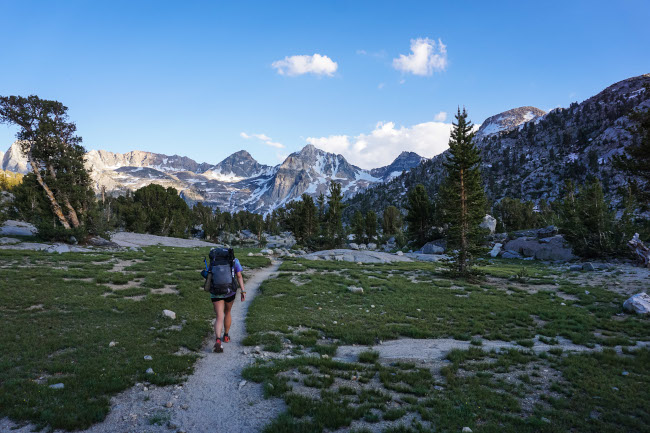
Since my first short overnight trip (with a crazy amount of weight on my back), to say I’ve been hooked is an understatement. Backpacking is, and always will be, one of my favorite ways to spend time (and favorite things to write about, apparently). In this post series, my goal is to get you from thinking about going on a trip to going out there and completing one.
I’ll go in depth on topics like gear and clothing, what to eat, where to go, hiker etiquette, and more. But in this post I’m going to start with the basics.
What Is Wilderness Backpacking?
Wilderness backpacking, simply put, is hiking for multiple days with everything you need to survive on your back. That includes shelter, food, water, and whatever other comforts you might want to bring. It’s all about getting away from the roads and parking lots and venturing into the backcountry. When it comes to backpacking, self-sufficiency is a key aspect and skill.
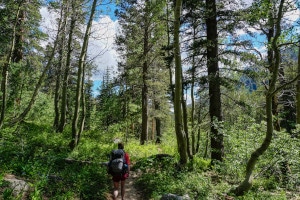
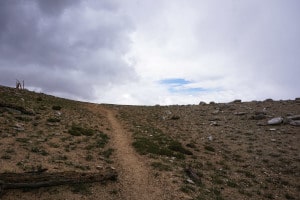
But backpacking means different things to different people. To some it means throwing a 70 pounds worth of campsite luxury into a pack and hiking just a few miles to set it up. To others it means taking only what you need to survive, keeping weight to a minimum and pushing how far and deep you can travel. There’s no right or wrong way to do it, and it’s all about finding what style makes you the happiest.
Where Can You go Backpacking?
Accessibility of public land depends on where you live, but here in the United States our opportunities for backpacking are endless.
- 62 National Parks, encompassing over 81,000 square miles and including over 18,000 miles of maintained trails
- 295,000 square miles of National Forest, which is often rugged and wild public land (and has so many trail networks they’d be near impossible to count)
- 381,000 square miles of Bureau of Land Management Public Lands
Even if you completely exclude Alaska (which is 65% public land) that’s still a total land area 20% bigger than Texas. Needless to say, we have a ton of opportunity to explore.
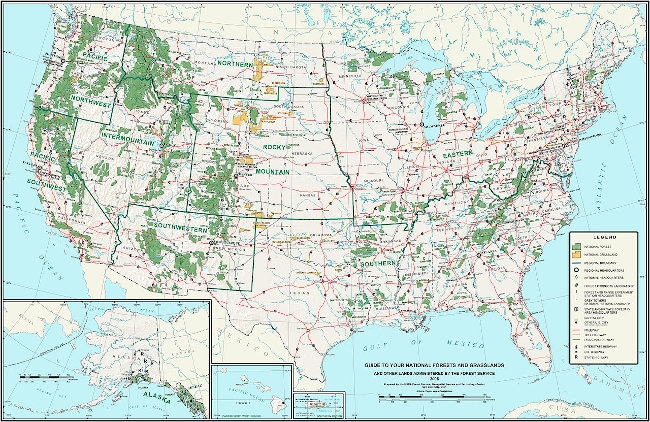
Public lands tend to be more abundant in the Western US, but with that much land available you’re bound to have some cool spots near you. The answer to “Where can you go backpacking?” then becomes “where should you go backpacking?”, and that’s the fun part. You get to decide where to go and what to see.
I have a whole post upcoming about choosing a trail, but for now here are a few places to get ideas and inspiration:
- Alltrails - gives you a list, with maps, of tons of popular hiking trails in your area. Many of these will be day-hike only (don’t backpack in your city park), but Alltrails will tell you if the trail is in a National Forest, National Park, or other type of public land.
- Local facebook groups - We have several groups dedicated to hiking in our area where people post regularly. This is a good place to find those hidden gems right in your backyard.
- Local guidebooks - When I first started I pulled tons of ideas from 100 Hikes in the Inland Northwest. I still find that books, especially older ones, can be great places to find the spots that for whatever reason have been forgotten about more recently.
- Hiking project (by REI) - similar to Alltrails but more community minded, and growing.
- Outdoor Blogs (like this one right here) - May not be the best for finding local hikes, but for inspiration and bucket list hikes they’re the way to go. Check out our trip on the John Muir Trail, or my solo trip on the Wind River High Route.
For even more resources, check out my post on the best hiking apps for hikers.
What Do You Do When You're Backpacking?
These are some of the questions I seem to get asked when talking with people who aren’t into backpacking:
“What do you do all day?”
“So it’s just walking?”
“Don’t you get bored?”
I think these are fair questions, because for a beginner understanding what you’re even going out there to do can be kind of weird. When I started backpacking all I knew was I wanted to do it; I really had no idea what it entailed.
As far as what you do when you’re out there, there are tons of different ways to go about it.
- Walk (duh) - some people find most of their enjoyment in the walking itself, and so choose to walk most of the day (you might be surprised to find that this is you).
- Camp with friends - Socializing with friends is best when you’re completely disconnected. No phones, no external noise, no distractions. Bring your favorite trail mixers and make it even more fun.
- Go fishing - Fishing can be an amazing backcountry activity. If there’s a lake or a stream, it probably has fish, and those fish can be caught. There’s something fundamentally satisfying about catching and cooking your own food in the middle of the wilderness.
- Bag some peaks - Nothing beats the feeling of climbing a mountain, and the harder the climb the better. Backpacking into a central location and using it to climb to the top of the tallest and most rugged peaks around is an extremely rewarding experience.
- Make it up as you go - The best part about backpacking; you can do whatever you want. Figure it out as you go along. Bring a knife and whittle by the fire, skip stones, play games, and just generally do whatever you want to.
These are all great activities and things to look forward to on your adventures. Every trip will have a different recipe, but there’s always plenty to do.
Why You Should Go Backpacking
There are so many different reasons people have for backpacking. But I think first and foremost backpacking is about walking, with everything you need to survive on your back, to a place that you couldn’t get to any other way. It’s a reward in itself, and though it’s hard to quantify it’s a fundamental part of why we all do it.
The second (and more obvious) thing is to appreciate beautiful natural places. There aren’t all that many times in your life where “stopping to enjoy the view” is something you really want to do, but when you go backpacking it happens all the time. It’s not just the view either; it’s getting to a far away place and feeling like you’re part of the landscape. That landscape could be the top of a mountain, the shore of an alpine lake, or deep in a dense forest, but regardless you get to be there. And that’s pretty cool.
Another big thing for me is disconnecting from technology and the busyness of everyday life. It’s important to reset yourself every now and then, and doing it in beautiful natural settings is the way to go. Plus, being that disconnected from distractions helps you connect with the people around you that much better. It's a win-win.
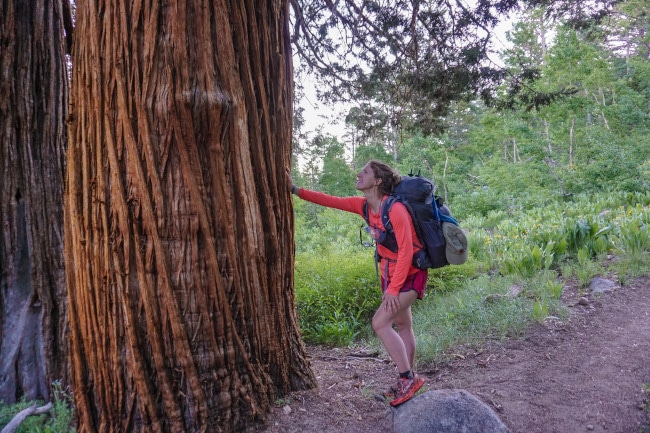
Convinced yet? I’m guessing if you’re reading this at all you probably were anyway, but I wanted to give a background for what backpacking is and why we do it. In the next couple posts, I’ll cover some things that confuse and deter a lot of people at first: how to choose a destination, what to put in your backpack (and how to do it), and the top mistakes new hikers make on trail.
